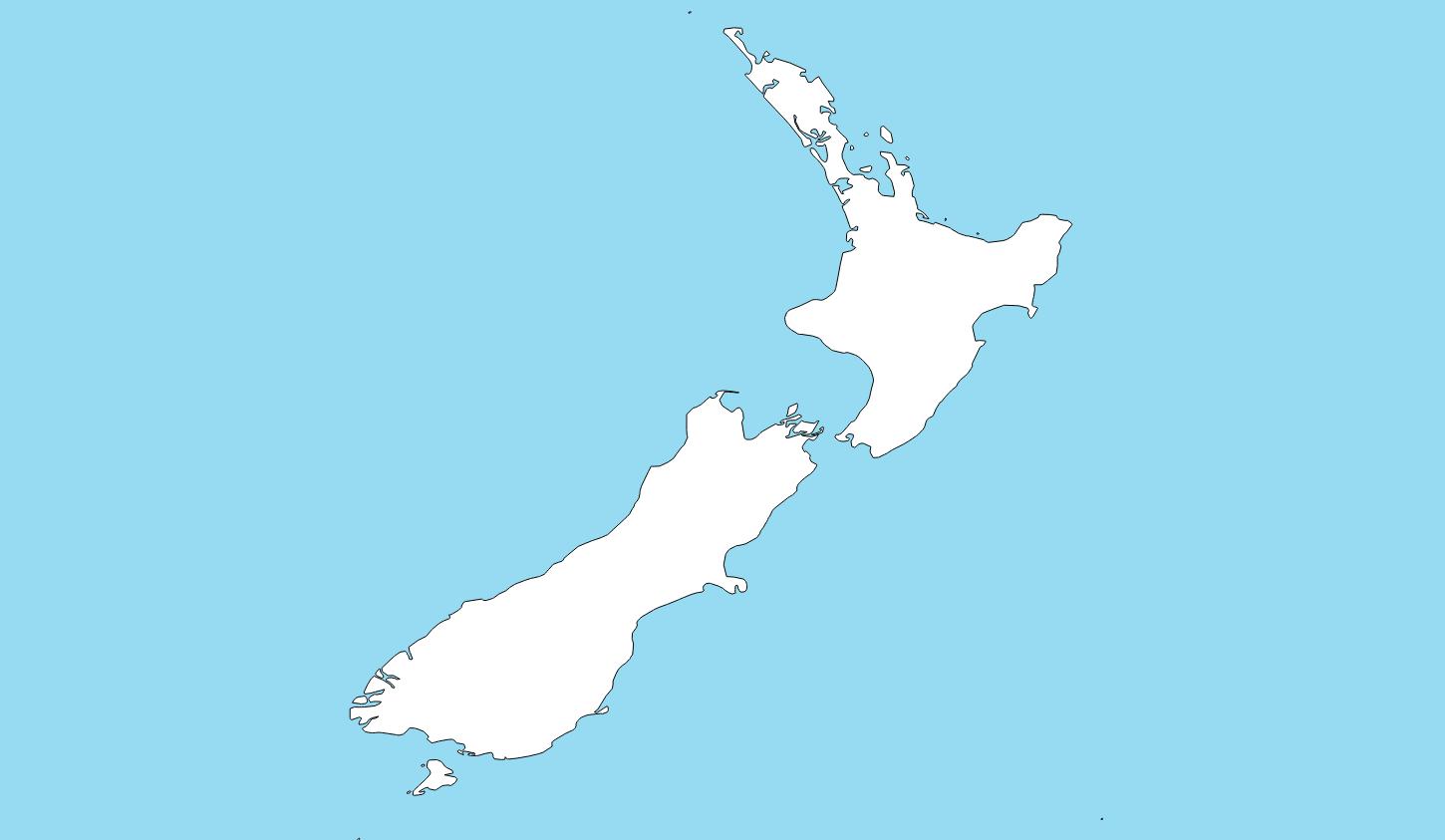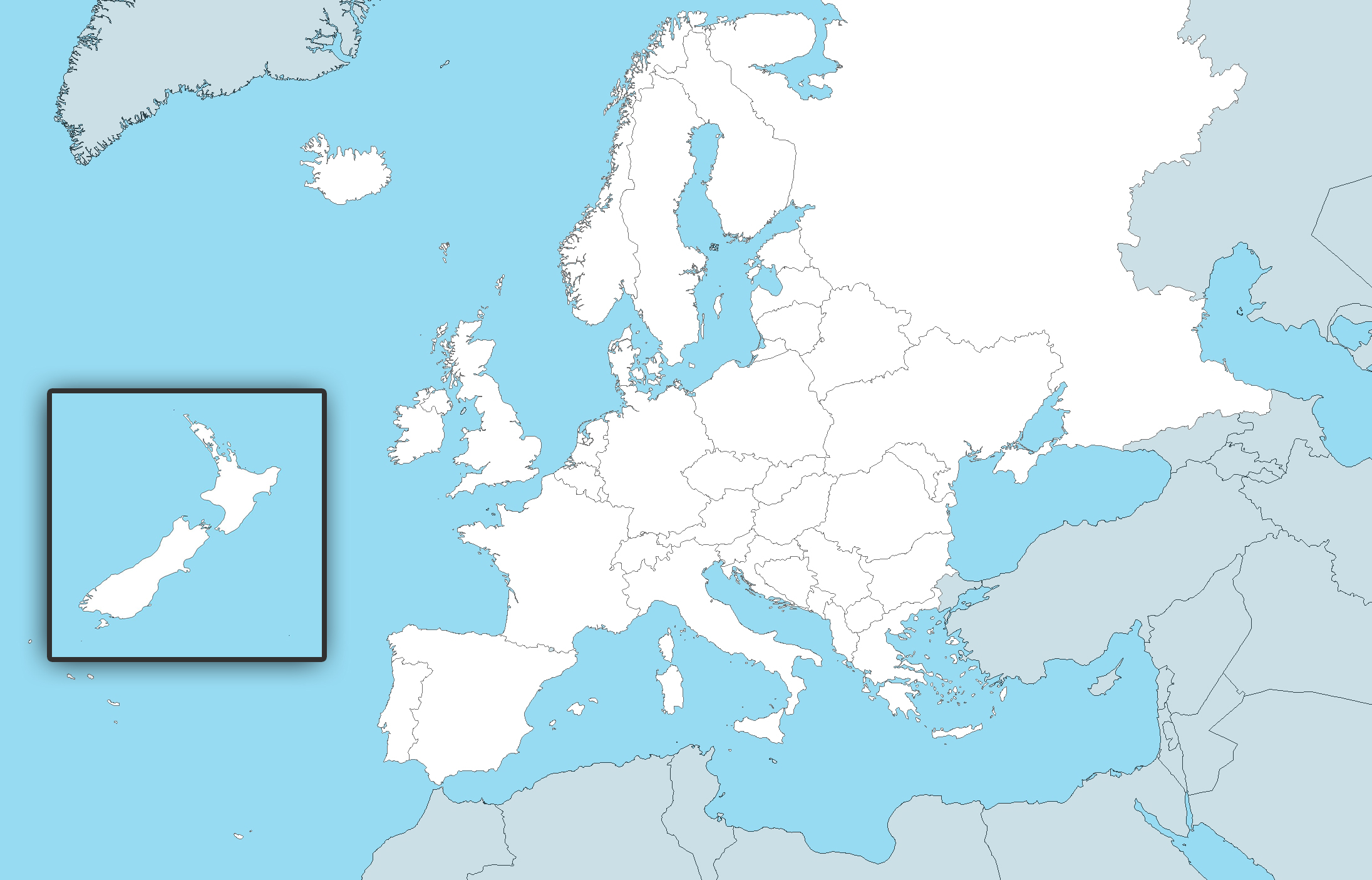
Case Study: Chatham Rise
Objective: Balancing the protection of seabed habitats and protected species with the maintenance of important commercial fisheries, and the development of a seabed mining industry
Management Problem
The Chatham Rise is an area of high primary productivity and biodiversity, and supports 60% of New Zealand’s commercial fisheries production, along with a high diversity of deepwater corals, seabirds, cetacean, and large pelagic fish species, many of which are protected under New Zealand law but threatened by human activities. Fishing industry initiated Benthic Protection Areas exclude demersal fishing from 8 % of the Chatham Rise shallower than 1000 m. Phosphorite nodule deposits have been identified within one of the Benthic Protection Areas, and seabed mining operations have been proposed with an estimated value of NZ$280 M per year. Main concerns are associated maintaining economic fisheries, the protection of biodiversity, incidental effects of fishing, and the effects of proposed seabed mining on fisheries and biodiversity.
Management Setting
In New Zealand, all commercial fisheries are managed within the Quota Management System (QMS) based on the concept of Individual Transferrable Quotas (ITQ). The Ministry for Primary Industries (formerly the Ministry of Fisheries) is responsible for management of the New Zealand fisheries and implementation of the legislation. Each fishing year (October-September for most species), the Ministry sets the total allowable catch (TAC) for each stock on the basis of the most recent research and advice, and other sources of mortality are accounted for in setting total allowable commercial catch (TACC), which is allocated to quota holders. A number of potential bycatch species are protected under New Zealand legislation. Potential future seabed mining activities would be managed by the New Zealand Environmental Protection Agency.
Main objectives and criteria
A management proposal for the case study will be evaluated in relation to a set of objectives and criteria (see the list below).
| Objectives for the management plan (interest variable) | Candidate operational objectives and indicators |
|---|---|
| Hoki stock at safe biological levels |
|
| Maintain sea floor integrity |
|
| Minimise further damage to deepwater corals |
|
| Minimise impacts on seabirds and marine mammals |
|
| Maintain strong economic performance of the fishing industry |
|
| Develop seabed mining industry |
|
Management Scenarios
1. Business as usual: This scenario serves as baseline to other potential management scenarios. In the scenario the current status of management is maintained and the effects on the status of the ecosystem explored going forward. In terms of control variables this entails that the current fleet composition and harvest rate maintained.
2. Hoki to Fmsy: This scenario offers a slight modification of scenario 1 as here the harvest rate is adjusted to maximise the sustainable yield of hoki while fleet composition remains fixed..
3. Greater BPA closures: Currently 8% of the Chatham Rise region shallower than 1000 m is managed as a BPA, with fishing on or near the seabed excluded. This scenario will examine the effects on both benthic communities and fisheries production on larger BPA coverage.
4. Seabed mining: This scenario will examine the effects of the proposed seabed mining activity for phosphorite nodules on the top of the Chatham Rise, mining a footprint of 30km2 on an annual basis for up to 30 years.
5. Climate change concerns: This scenario investigates the effects of climate change impacts, on the basis of IPCC scenarios.

